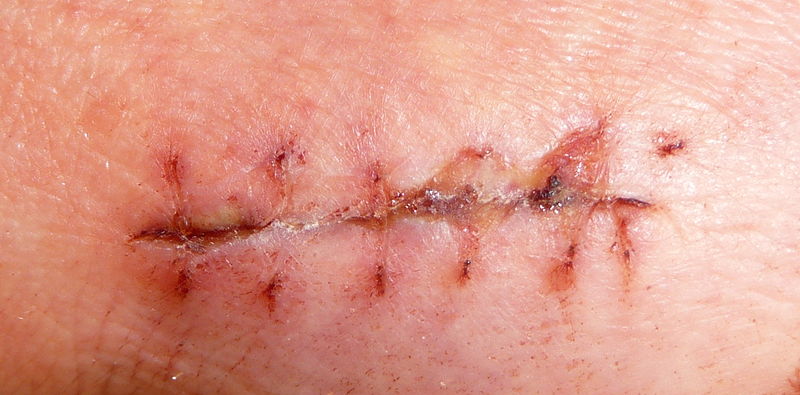Myofascial Treatment on the Plantar Surface Influences Functional Performance in the Superficial Back Line
Studies have shown that the application of self- and manual/myofascial massage increases flexibility either on single joints or along myofascial chains. For example, studies showed that a single foam rolling application on the plantar surface led to an acute increase in range of motion of the dorsal thigh and lower back along the Superficial Back Line. This implies that fascial chains might modify their properties or functional capacities in non-adjacent areas. Other potential mechanisms explaining such non-local range of motion change include an altered global pain perception and an enhanced stretch tolerance.
Plantar Fascia has strong connections to adjoining structures of the Achilles Tendon as well as movement-induced stabilizing mechanisms. Therefore, its main functional capacity might be supporting active force generation in the legs during movement.
A study from Germany investigated the effect of self massage on the plantar surface on performance in the superficial back line.
Seventeen young participants took part in the study. Self massage and soft tissue massage was applied on the plantar surface of the dominant leg, but not on the non-dominant leg. A functional performance test of the superficial back line using the Bunkie Test was conducted before and after the intervention. (See Bunkie test https://www.youtube.com/watch?v=hKI5bwq1y_4 ). The performance was measured on the posterior power line (PPL) and the posterior stabilizing line (PSL).
The study found
The performance of the dominant leg in the Bunkie Test decreased significantly by 17.2% for the PPL and by 16.3% for the PSL.
In contrast to the non-dominant leg where performance increased significantly by 5.1% for the PPL and by 3.1% for the PSL.
The combination of self- and therapeutic massage techniques on the plantar surface reduce performance in terms of force generation along the SBL. The hypothesis is supported that the Plantar Fascia itself was not loaded during the functional performance test and that the opposite effect was observed on the control side (non-dominant leg).
The authors warned that some techniques, like foam rolling, might had no effect, while others, like stretching, could have a negative effect on performance. In sports where self-massage is often applied, it is recommended to use foam rolling after exercise/event to avoid a possible detrimental effect on performance.

